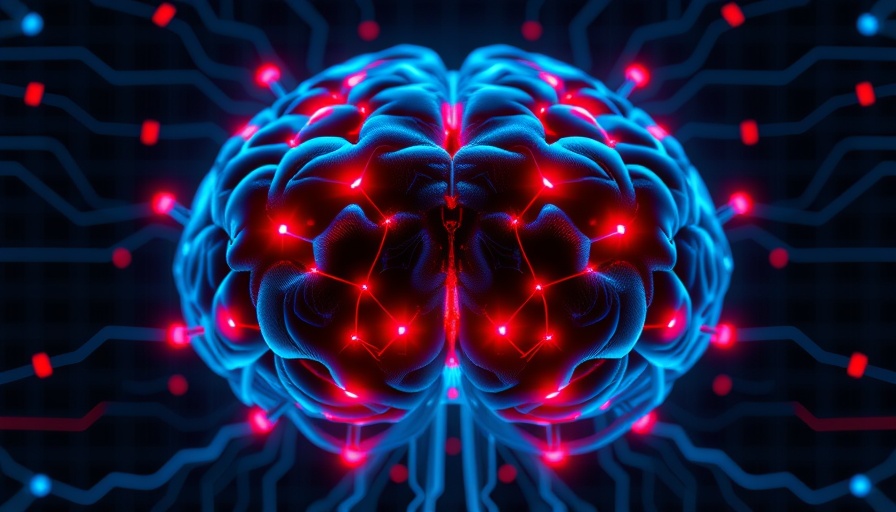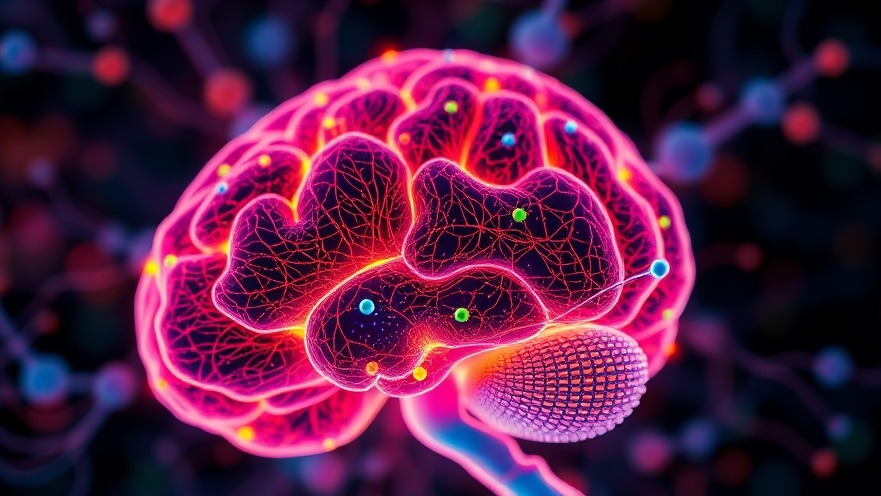
Understanding Chimeric Brain Models: A New Frontier in Neurological Research
Chimeric brain models are emerging as vital instruments in bridging the research gap between animal studies and human neurological disorders. Researchers at Rutgers University-New Brunswick have developed these specialized models that transplant human brain cells from stem cells into animal brains, creating a mixed cellular environment that more closely resembles the complexity of a human brain. This innovation is expected to pave the way for new treatments and deeper understandings of various neurological conditions.
The Science Behind Chimeric Models
By cultivating human neurons within a living animal’s brain, these models allow researchers to explore how human neural cells develop, function, and contribute to neurological conditions. According to Dr. Peng Jiang, an associate professor at Rutgers and lead author of a recent review in Neuron, these models are "invaluable tools for neuroscience research," as they mimic the microenvironment found in the human brain, which cannot be replicated in standard petri dish studies.
Applications in Understanding Neurological Disorders
Chimeric brain models have provided groundbreaking insights into various neurological disorders. Researchers have successfully used these models to study conditions like Down syndrome, autism spectrum disorder, and Alzheimer's disease. The unique environment of human-rodent chimeras has led to significant findings about the behavior of human-specific neurons and glial cells. For instance, early research indicates that human neurons and glial cells exhibit markedly different behaviors compared to their mouse counterparts, offering clues about their unique roles in brain function and disease.
Why This Matters for Health Practitioners
For concierge health practitioners, the implications of these advancements are profound. Staying informed about the latest developments in chimeric brain research not only enhances the understanding of neurological disorders but also can influence treatment approaches. By aligning clinical practices with current research, healthcare providers can better support patient care and recovery.
Challenges and Future Directions
Despite the promising potential of chimeric brain models, several challenges remain in this field. Ethical considerations around the use of animal models, potential regulatory hurdles, and the complexity of human brain complexities present ongoing obstacles for researchers. Additionally, as these models evolve, further research is essential to validate findings and translate them into effective treatments. Future studies could explore potential therapeutic interventions and continue to shed light on the intricacies of human neural development.
Conclusions and Moving Forward
As research continues to unfold, the role of chimeric brain models in neuroscience promises to grow significantly. These models stand at the forefront of bridging vital gaps in our understanding between animal studies and human conditions. It is crucial for health practitioners to stay abreast of these developments, as they may redefine approaches to treating neurological disorders.
Stay informed and adapt your practice with emerging research insights to continue providing optimal patient care. The developments in chimeric brain research represent not just advancements in science but also crucial opportunities for improving patient outcomes in neurological health.
 Add Row
Add Row  Add
Add 




Write A Comment